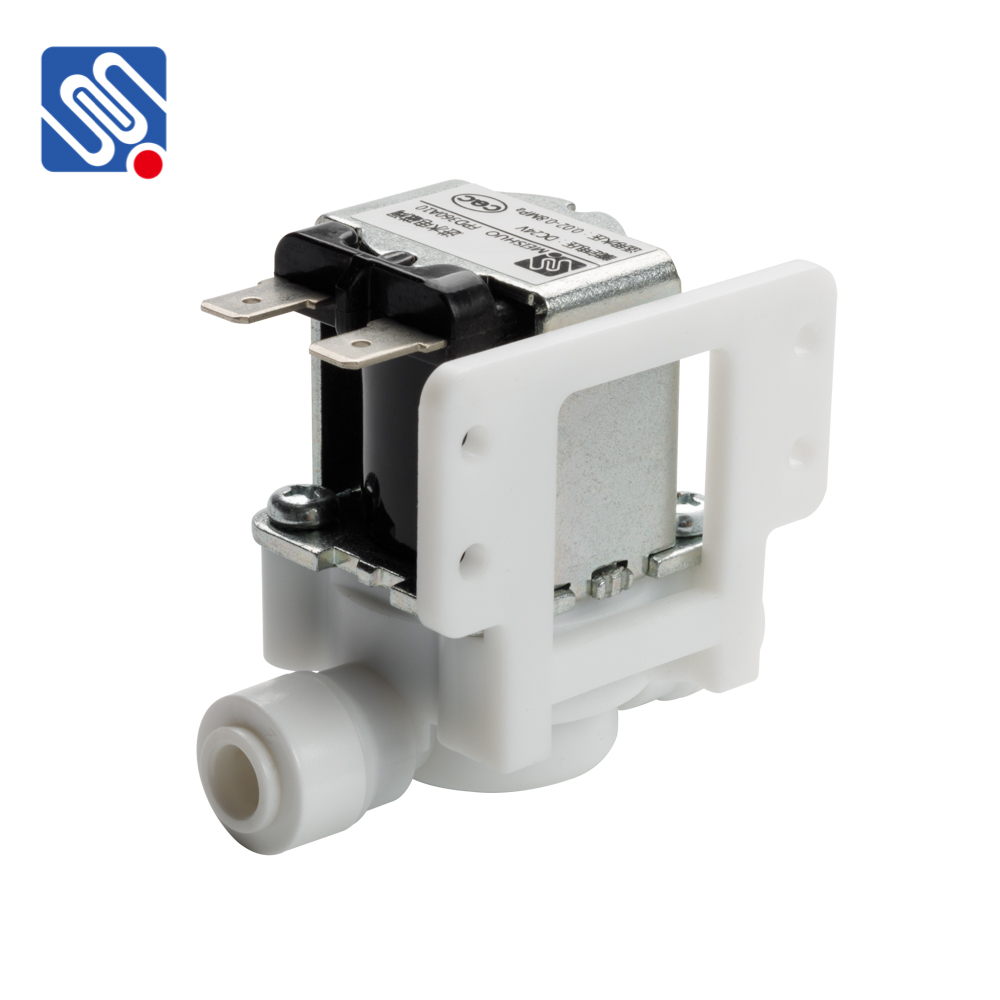Solenoid valves are vital components in various fluid control systems, acting as electromechanical devices that regulate the flow of liquids or gases. These valves are powered by an electric current passing through a solenoid coil, which creates a magnetic field that opens or closes the valve. Among the different types of solenoid valves, the stainless steel and plastic variants are commonly used, each offering specific advantages depending on the application. This article provides a comprehensive overview of both stainless steel and plastic solenoid valves, highlighting their key features, differences, and ideal uses.

Stainless Steel Solenoid Valves Stainless steel solenoid valves are favored for their durability and resistance to corrosion, making them ideal for demanding applications where the valve will be exposed to harsh environments or aggressive fluids. Stainless steel, known for its excellent strength, high temperature resistance, and ability to withstand pressure, ensures that these valves provide long-lasting and reliable performance. One of the main advantages of stainless steel solenoid valves is their robustness in a wide range of industries, including oil and gas, chemical processing, food and beverage, and pharmaceuticals. These industries often require valves that can handle extreme conditions such as high pressures, elevated temperatures, and exposure to corrosive chemicals. Stainless steel solenoid valves can endure these challenges due to the material’s inherent properties, ensuring minimal maintenance and extended operational life.